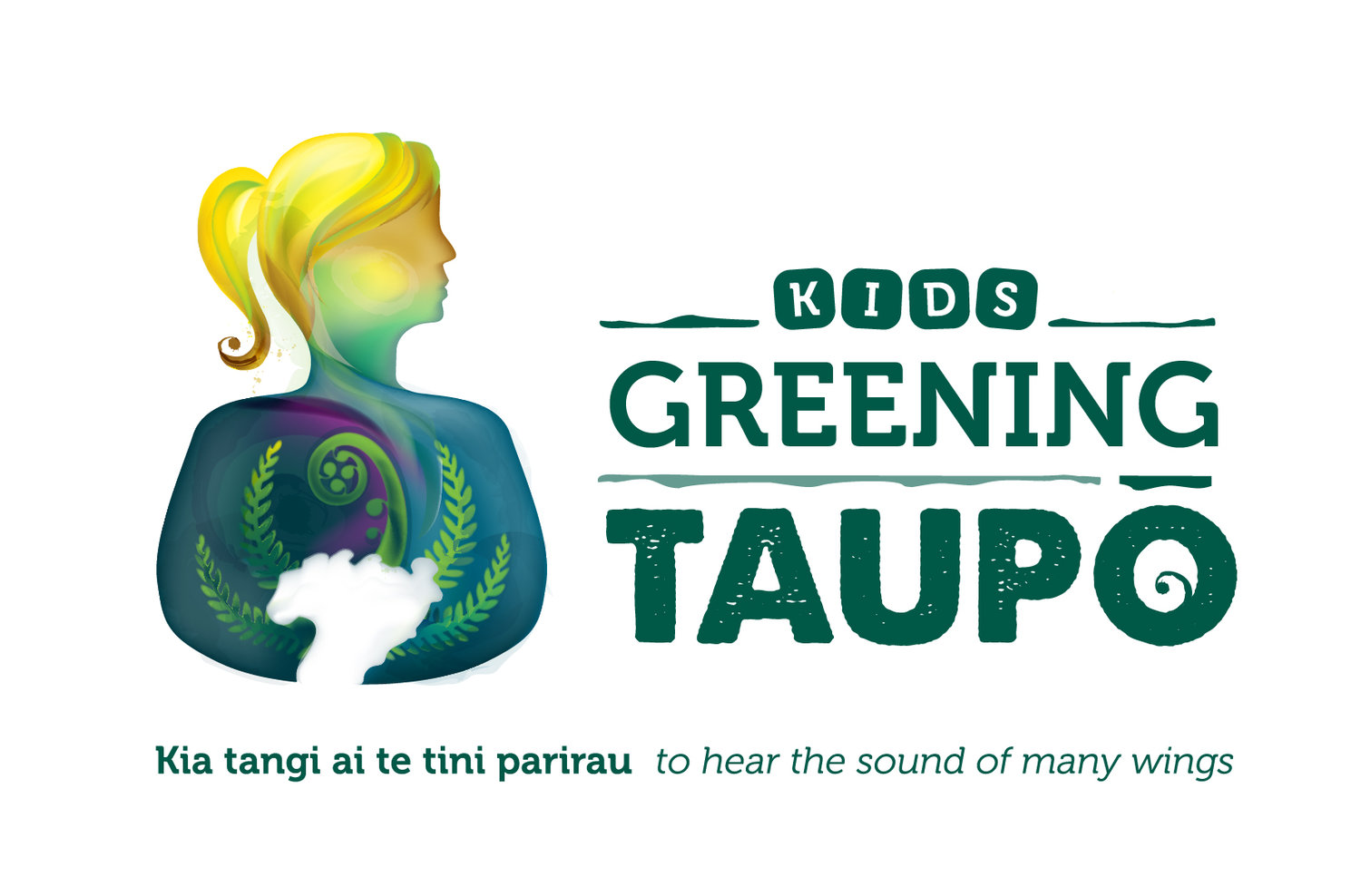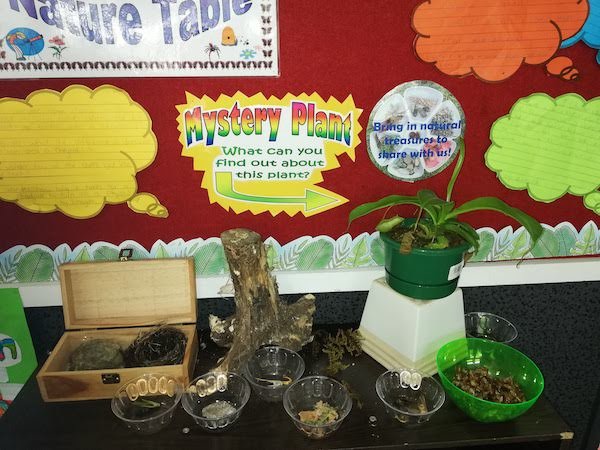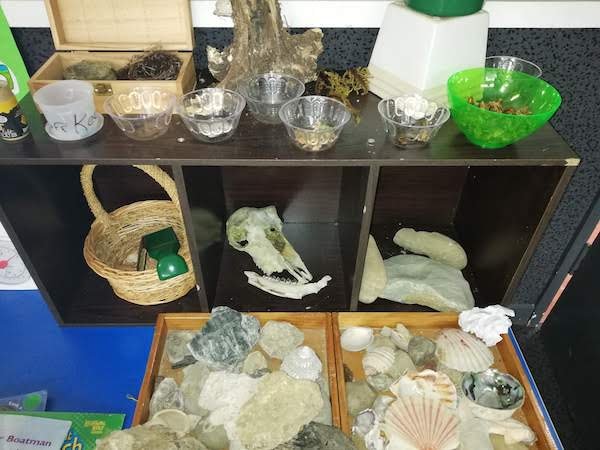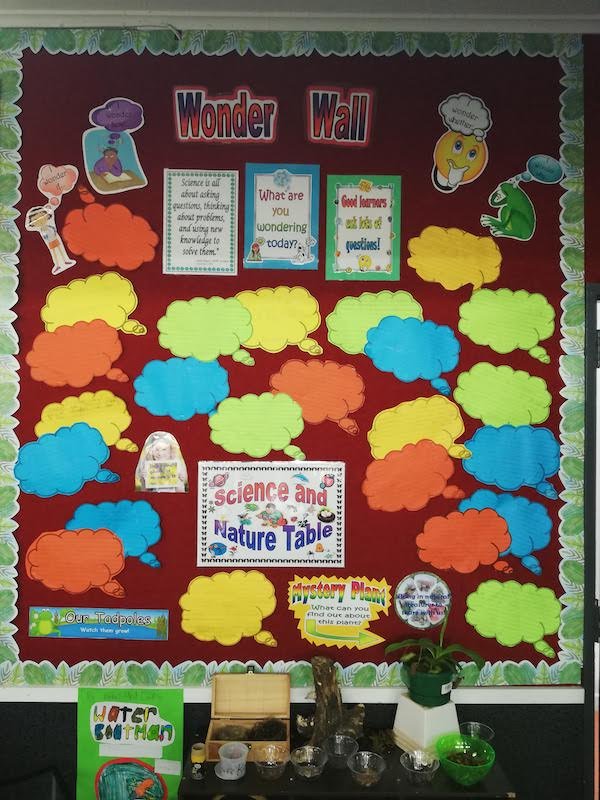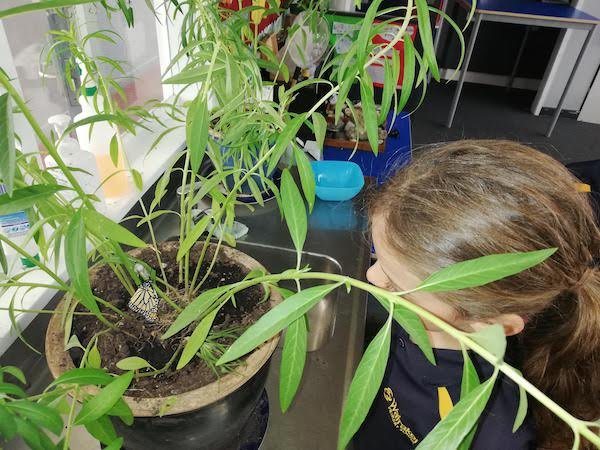Start a Nature Collection
Having your own nature collection is so much fun! It’s a place to keep together all the special taonga that you find in nature. Have an area in your home/room to keep these treasures. You could have a nature table to display them on. If you don’t want a whole table devoted to this, maybe you could have a nature taonga box, bowl, or tray? Collect special shells, feathers, dead insects, nests, rocks, crystals, fossils etc. If you have space, you might like to also have interesting plants, a fish tank, a pond in a jar, nature books… anything that gets you thinking about nature. If you have a nature journal, this would be a good place to keep it too. You can collect interesting leaves and flowers and glue them into your journal, along with notes and observational drawings. We have nature connectors about nature journals, pressed flowers and observational drawings on our website if you want to know more about these.
A note from a teacher, to other teachers:
In a classroom, a nature table, or nature corner, can be a real focal point and something that all children can be involved in adding to. I had children from other classes who would pop in each morning to see what was new on our nature table. My students would bring treasures each day to add to it. We had seashells, fossils, cicada shells, dead bugs and butterflies, lizard skin, animal teeth and sheep skulls, seeds, nests, interesting rocks and crystals, plants, and many other treasures that they had found. These items lead to lots of research and mini inquiry projects. Having a nature table is a great way to inspire curiosity and learning about the world around us.
I usually started the year with swan plants, mystery plants (carnivorous plants that the children would have to research to find out about), a tank of tadpoles, and various bowls of treasures. It’s a good idea to have trays, little containers and bowls, magnifying glasses, butterfly nets, and some identification and science books. Try to keep the table tidy and looking exciting (that’s where the bowls and trays are useful). Change it with the seasons. During winter it might become a place full of logs with fungi growing on them, and interesting rocks and crystals. Another time it might have binoculars and bird books. Go along with the interests of the kids in your class, and with your inquiry topic. Check out our nature connector about having a Wonder Wall, as this goes well with your nature area. Enjoy!
From Rachel, KGT Education Coordinator (and teacher of many years)
